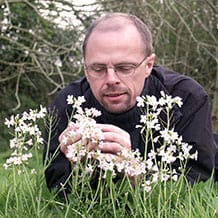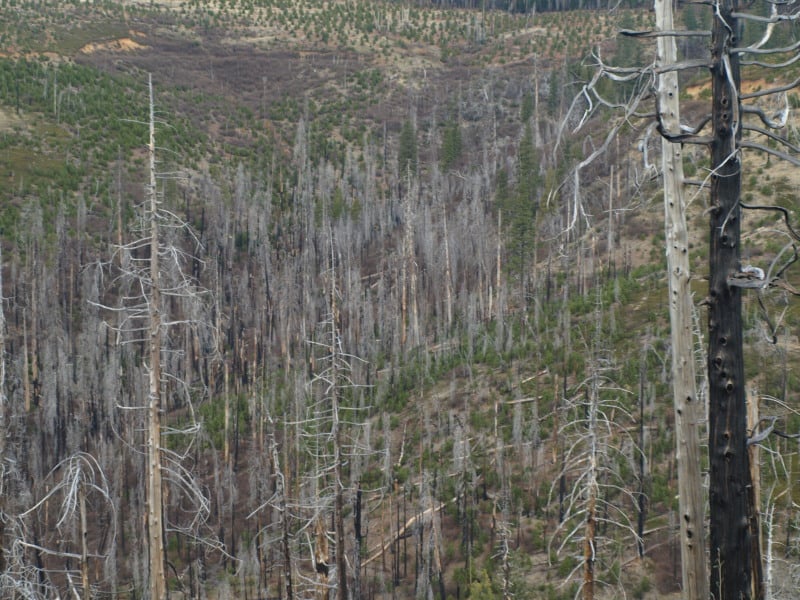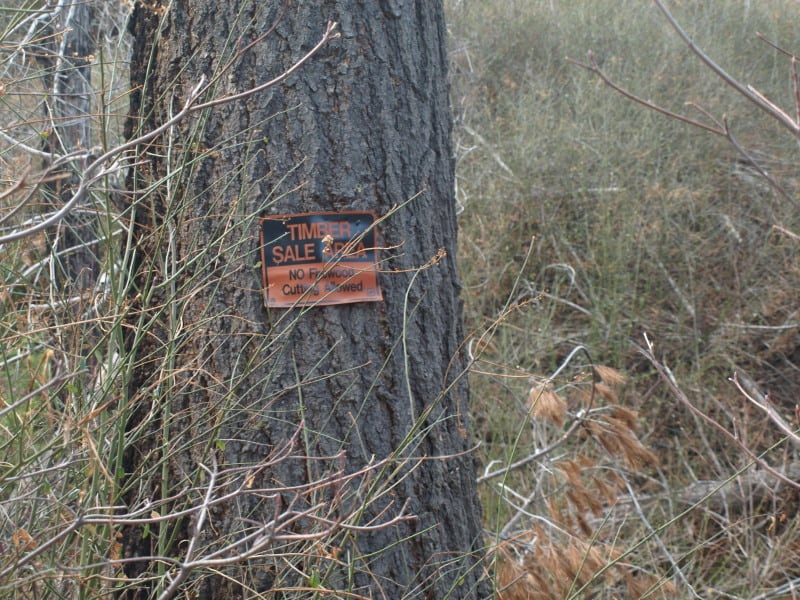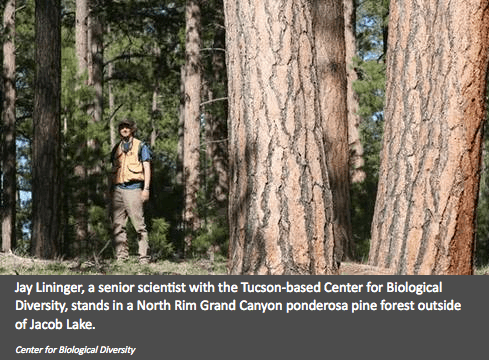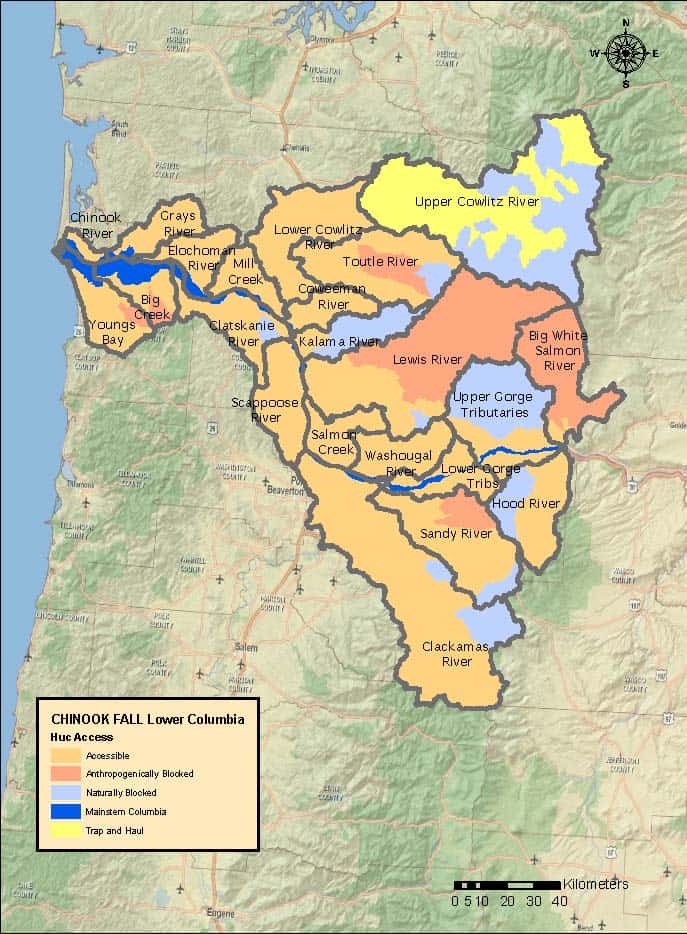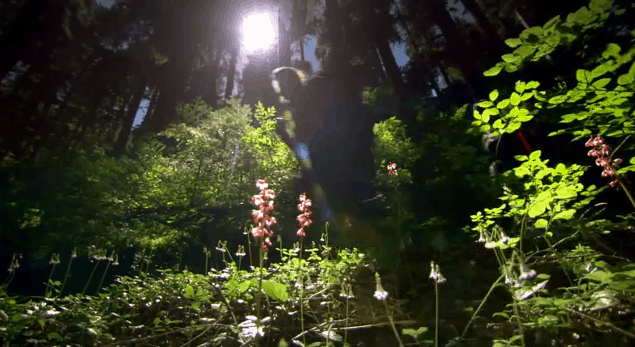The man in charge of revising the forest plan at the Flathead National Forest, Joe Krueger, and his boss, forest supervisor Chip Weber, exercised questionable professional judgment in their remarks on the forest plan alternative developed by the Whitefish Range Partnership.
One can defend Weber and Krueger by arguing they were trying to be positive and diplomatic, but expressed praise for the WRP’s work in a way that inadvertently endorses the WRP’s proposal. I’m sure someone will make that argument. I won’t. This is more than a case of not being artful — it’s a case of playing favorites, and not in a subtle way.
Had Weber said only “…you’ve put in an incredible amount of work and you’ve given us a lot to think about,” and followed with “your proposal will accorded the same fair consideration as all proposals,” he would have been on solid — and neutral — ground. But he couldn’t curb his enthusiasm.
But Weber’s statements are weak tea compared to Krueger’s “ …we’re going to give that a lot of weight,”and “…it will be easy for people who weren’t part of the process to take pot shots at it.” He’s both endorsed the WRP’s proposal and denigrated as cheap shot artists those who may criticize the proposal. Quite clearly, Krueger is invested in the WRP’s proposal. That’s old school Forest Service favoritism and bully boy behavior, and highly toxic to a successful forest planning effort.
The FNF’s unprofessional conduct imperils the forest planning process from the gitgo, and sullies the hard work of the Whitefish Range Partnership.
Whitefish Range rump agreement far from a done deal
By James Conner © James Conner, www.flatheadmemo.com
Another rump caucus, the Whitefish Range Partnership, has reached agreement on how a tract of National Forest land, this time in the Whitefish Range, west of Glacier National Park, should be managed. Rob Chaney of the Missoulian has the story.
The agreement has no force of law, but it does have political weight that will be recognized by Congress, which has the power to designate wilderness, and the U.S. Forest Service, which is starting another round of forest planning. Many of the WRP’s proposals are intended to be incorporated in the next forest plan, which will have the force of law.
Here, from Chaney’s report, is what we know so far:
In the final agreement, the [mountain] bikers gained recognition for their trail-building efforts around Whitefish, as well as their interest in using mountain roads and trails elsewhere. Loggers saw their suitable timber base go from about 55,000 acres to 90,000 acres. Wilderness advocates outlined 85,000 acres they want federally protected. Forest homeowners concerned about having federal wilderness bordering their property borrowed an idea from the Flathead Indian Reservation and proposed a buffer zone that would allow reduced logging or hazardous fuels management around their land before the nonmotorized territory began.
All of this remains tentative, as the Forest Service adds it to the public process for its forest plan. The radical fringe of all camps will likely object. But few will have put in the 13 months of Monday nights to present a case as convincing as the Whitefish Range Partnership.
According to the North Fork Preservation Association, maps will be released in early December. They could, of course, have been released now, but the absence of maps makes it easier for the WRP to shape the public discussion, and I’m concerned that part of the shaping will include an attempt to characterize those who disagree with the agreement as radicals or ignoramuses. That was the tactic employed by the rump caucus that engineered the agreement leading to Sen. Jon Tester’s ill-fated wilderness-forest management bill, so I won’t be surprised it’s employed here. (My 2010 comments on Tester’s bill and the rumpery leading to it.)
The agreement was reached not just because the WRP’s members worked hard. It also was reached because the “radical fringe” was excluded. Rump caucuses can do that, but the U.S. Forest Service and Congress cannot. Those excluded from the WRP’s rump caucus have the same right as the rumpers to petition their government. Furthermore, the excluded are not by definition radical or fringe. Some may endorse the agreement. Others, I suspect, will object to parts of it.
Speaking for myself, based on what I know about the Flathead National Forest’s history of logging in the Whitefish Range, I’m skeptical that a 64 percent increase in the suitable for timber management acreage can be justified. There was a lot of old growth mining in the North Fork 40–50 years ago, and the lands not permanently damaged are still recovering. Some never should have been logged or defiled with roads. In the rump agreement leading to the Tester bill, conservationists got rolled by the timber beasts. I hope that didn’t happen here.
I’m keeping an eye on the situation, and from time-to-time will offer my analysis, comments, and recommendations.
See also The WRP agreement – grand bargain or deal with the Devil? by James Conner. © James Conner, www.flatheadmemo.com.
——————————-
Keith Hammer, a former logger who is the Chair of the Swan View Coalition, brings up some additional concerns about the Flathead National Forest’s “advisory” role in the WRP invite-only, exclusive “collaboration” process in this recent letter to the editor:
Dear Editor;
It is truly disappointing to watch the Flathead National Forest make a mockery out of the Whitefish Range Partnership collaborative and its Forest Plan revision public involvement process. In local newspapers the past week, the Forest Service demonstrated its utter lack of objectivity and fairness when it comes to public input.
The Flathead Forest Supervisor told the WRP “This may be very close to, if not exactly what we end up doing,” praising them also for being “first out of the chute.” (Flathead Beacon 11/27/13). This even though he has not yet had his staff or the general public assess the environmental impacts and merits of the proposal.
The Supervisor’s right-hand man made things even worse when he said that those folks that weren’t invited to be a part of the WRP could later “take pot shots at it.” (Daily Inter Lake 11/30/13). What better way to disenfranchise an American public only recently invited by the Flathead to participate in revising its Forest Plan through both a collaborative and a broader public review and comment process?
Ethics, common sense and the law require that the Forest Service not play favorites. The Forest Supervisor and his staff should have thanked the WRP for its proposal and said it would be considered right alongside the many other proposals it will be receiving during the Forest Plan revision process.
The Flathead National Forest belongs to all Americans, not just those that live locally or able to participate in a lengthy collaborative process. That is why the law requires that all proposals be submitted to the entire public for comment – and that those comments be regarded as something more than just “pot shots.”
Sincerely,
Keith J. Hammer
Chair, Swan View Coalition
——————————-
Brian Peck, a sportsman and wildlife advocate from Columbia Falls, MT recently shared some good background information about the history of Wildereness advocacy in the Whitefish Range:
I just ran across a Montana Wilderness Association proposal for the Winton Weydemeyer Wilderness in the Northern Whitefish Range from 2005. It noted that in 1925, Weydemeyer proposed a 485,000 acre Wilderness in the Whitefish Range, back when that was still possible.
However, by 2005, just 171,000 (or 35%) of potential acres remained after decades of trashing by the Kootenai and Flathead National Forests. About 100,000 of those acres are on the Flathead NF, but the Whitefish Range Partnership would only recommend 83,000 as Wilderness – a further loss of 17,000 acres of Wilderness.
That means that when the conservation members of the Whitefish Range Partnership agreed to sit down at the table with long-time adversaries, 65% of the Whitefish Range had already been lost to logging, roading, motorized Wreckreation summer & winter, and more recently to “combat mountain biking.”
Clearly, the only responsible environmental position to take was that not so much as 1 additional acre of the remaining 35% would be given up. Yet, by agreeing to a format where all 30 groups had to agree or there was no deal, conservationists guaranteed that that they’d have to compromise away thousands of additional acres – unless they were willing to say no and walk away from the table – something that Dave Hadden said he would do “if things started to go sideways,” but clearly didn’t follow through on.
